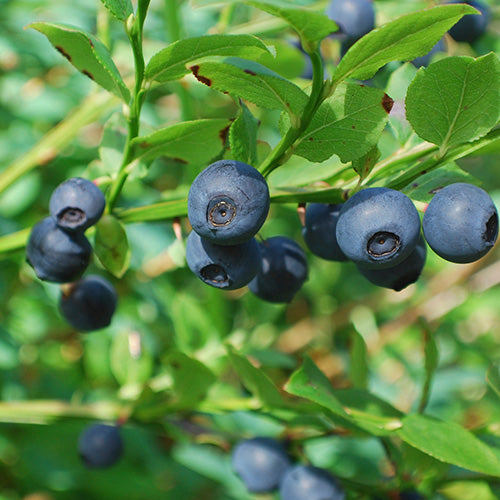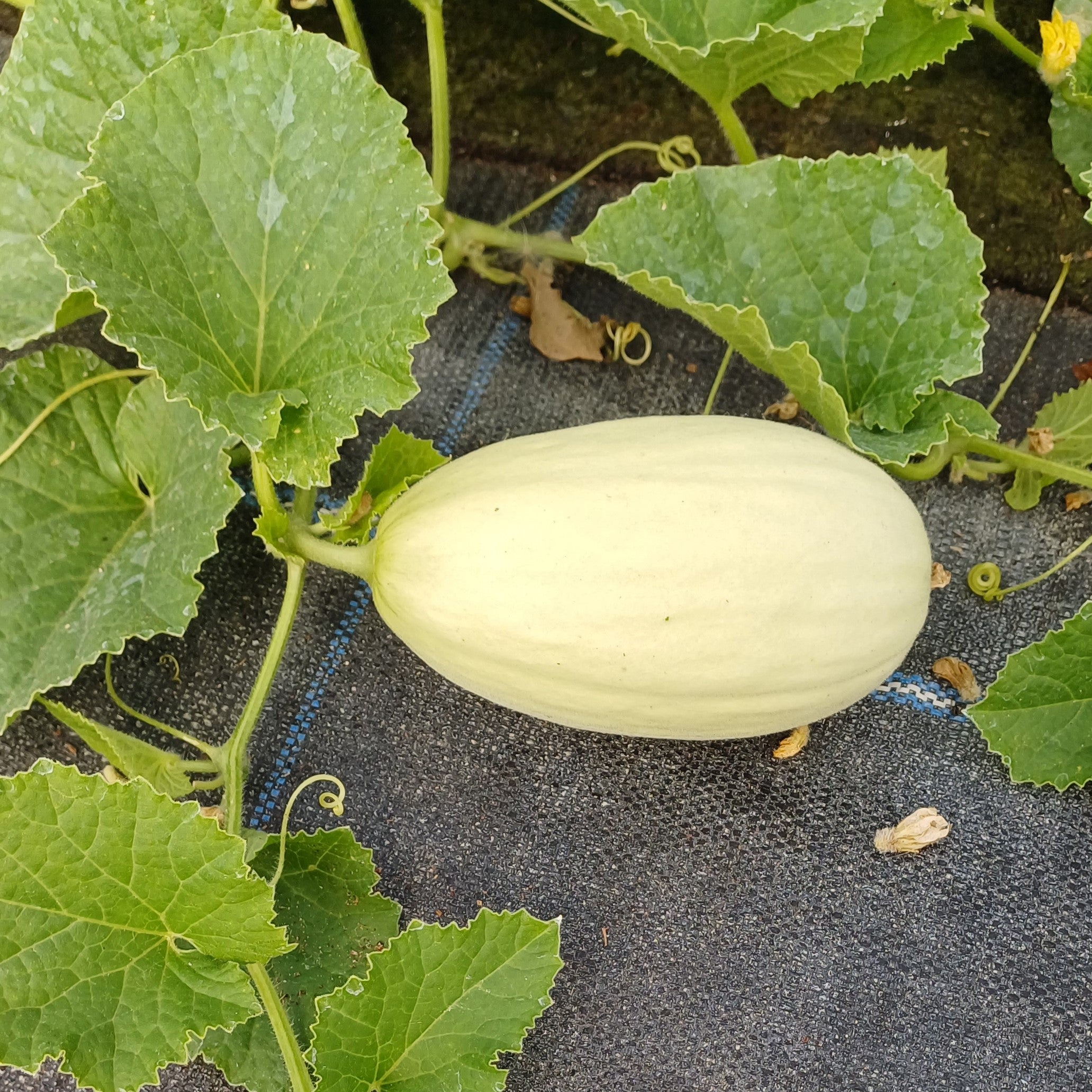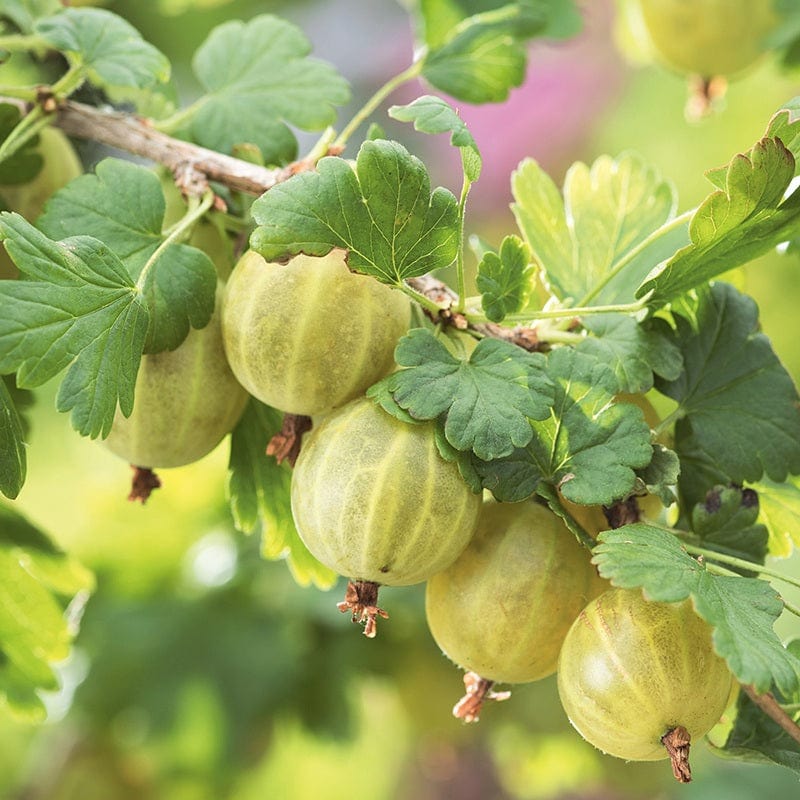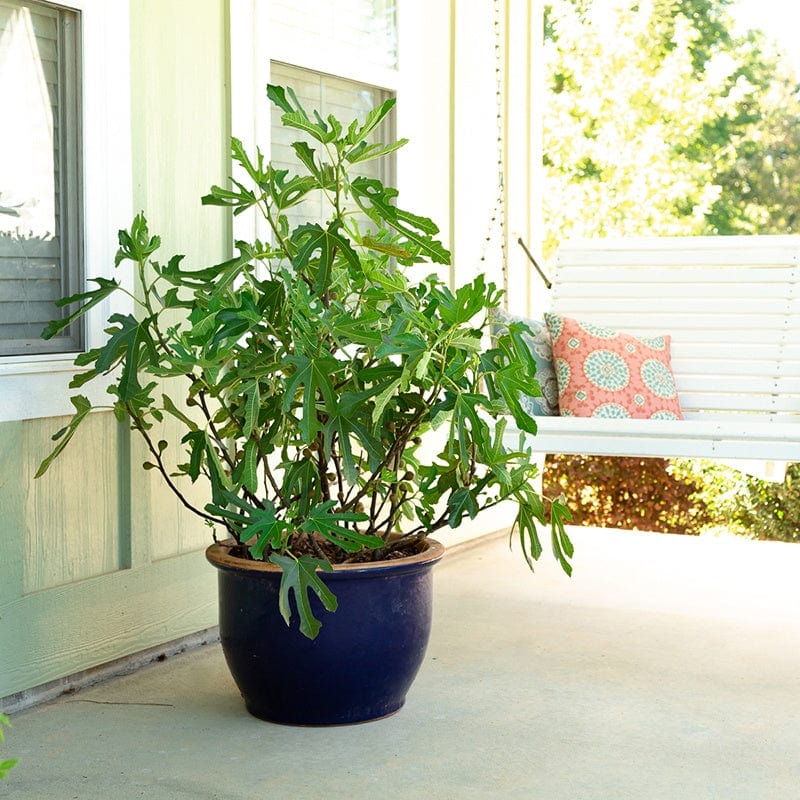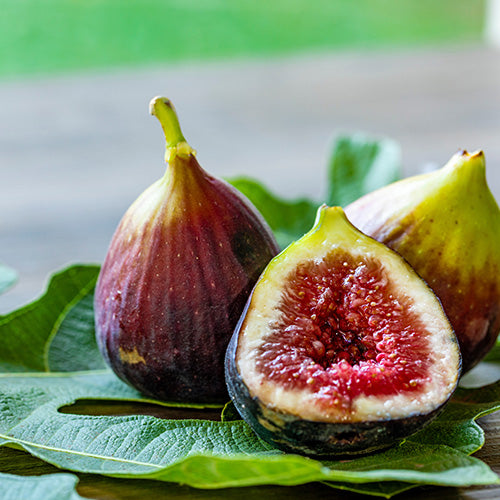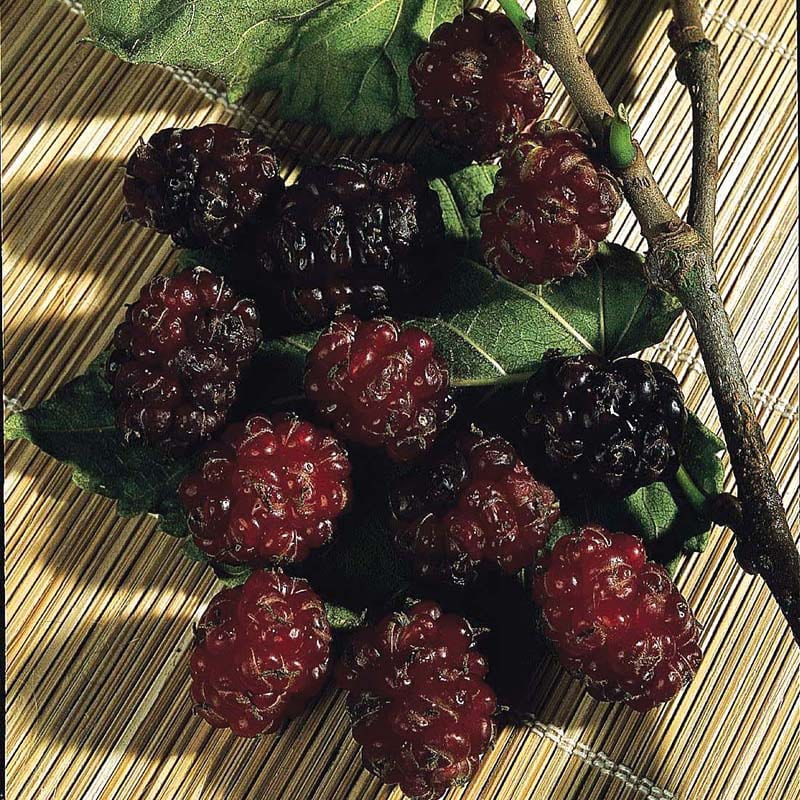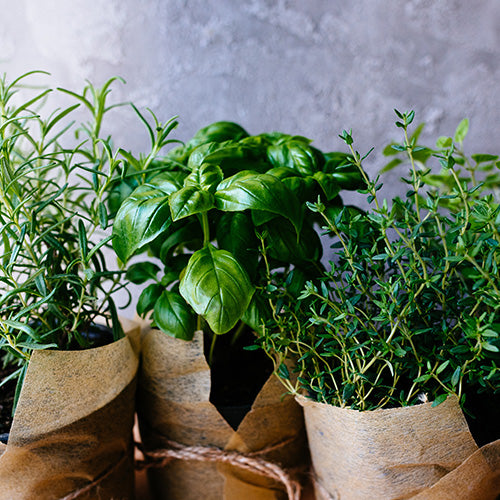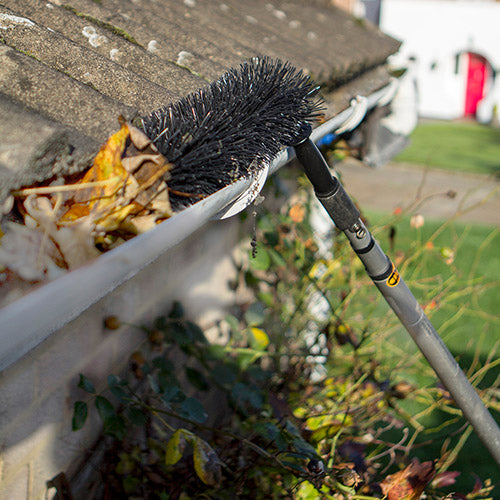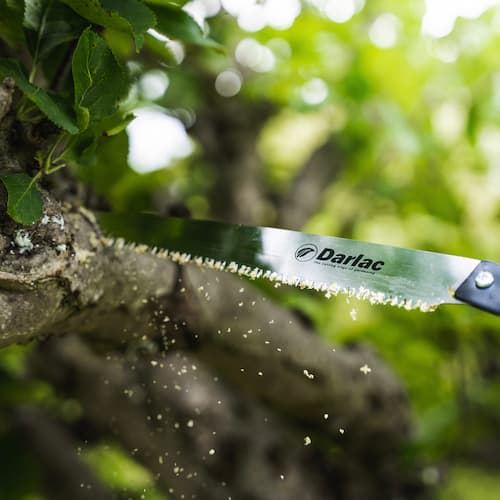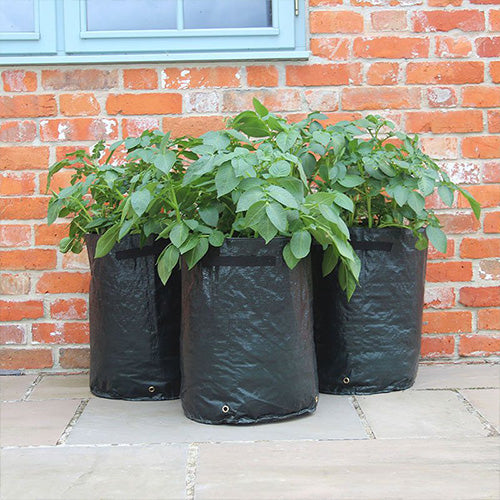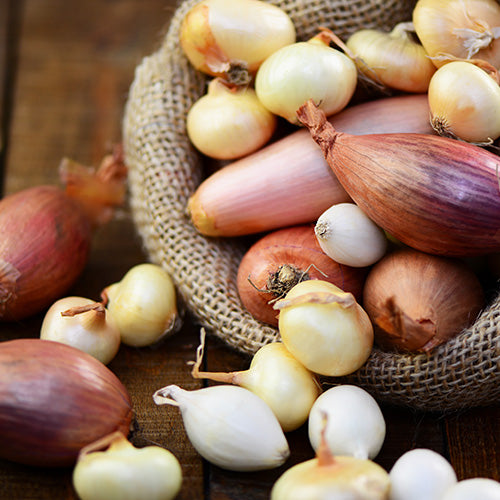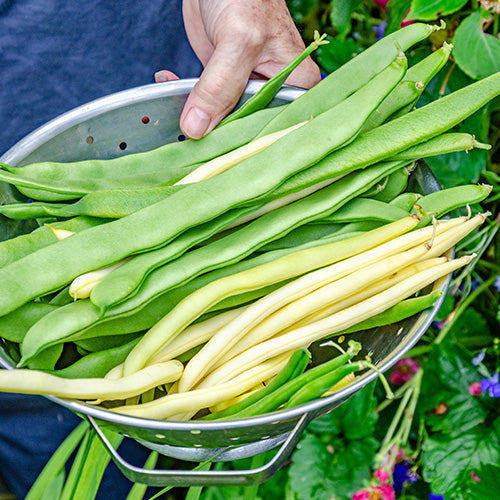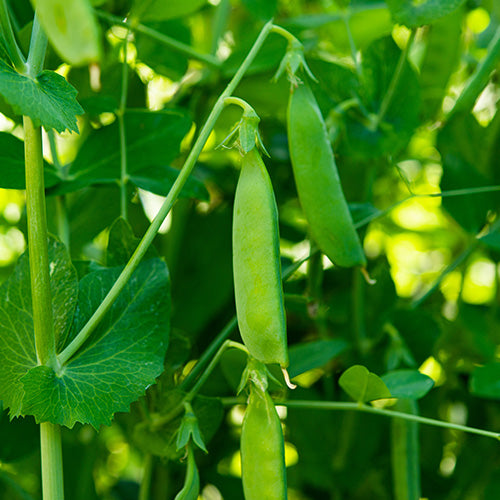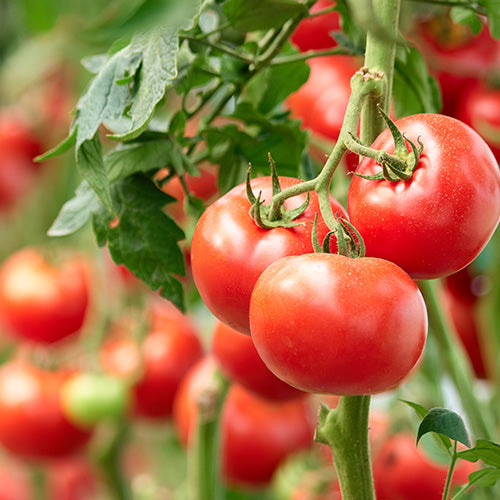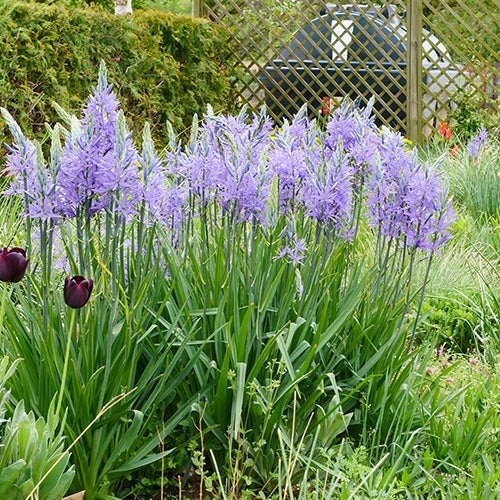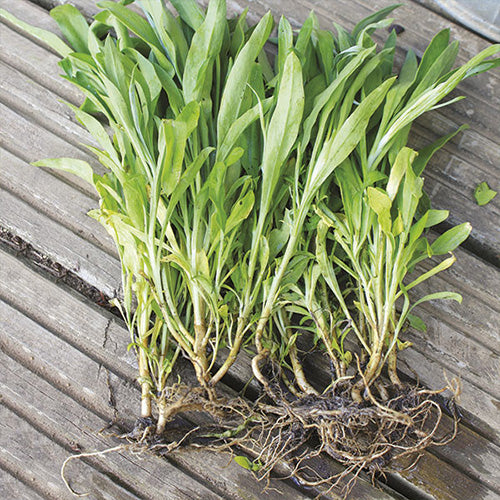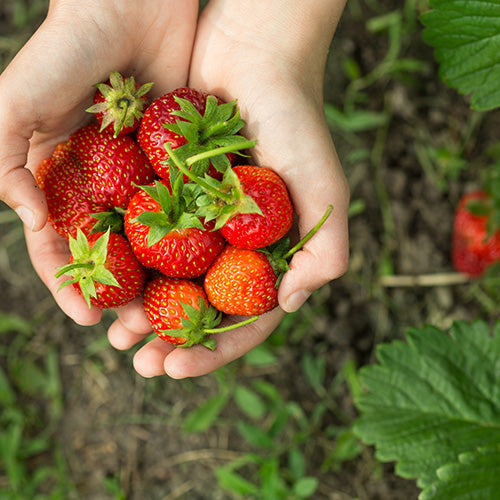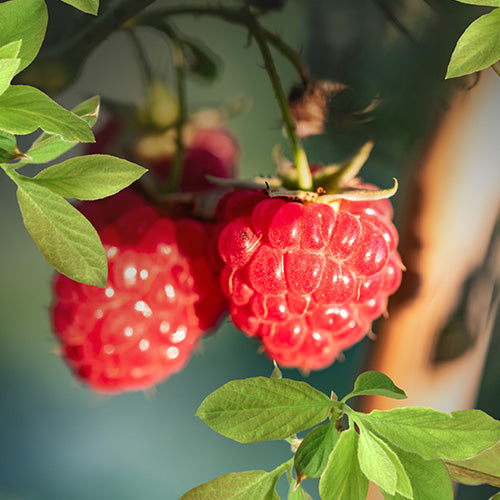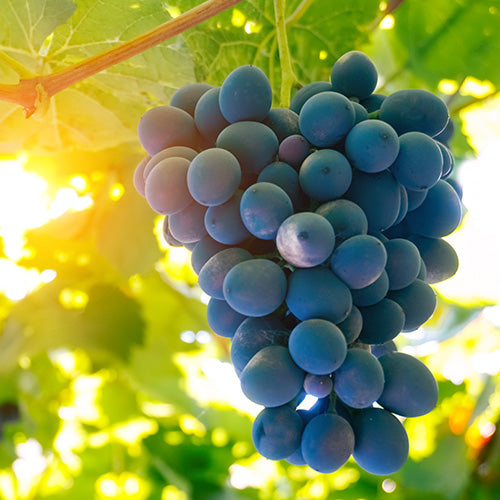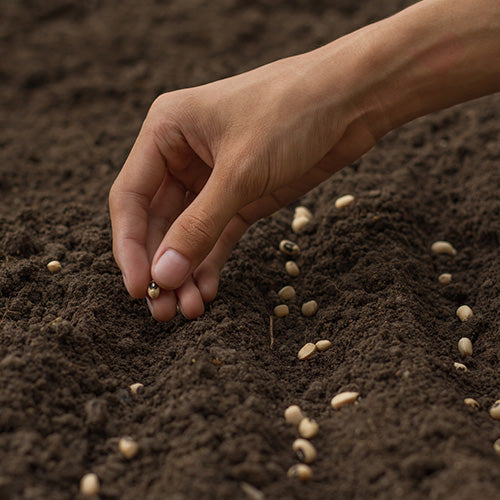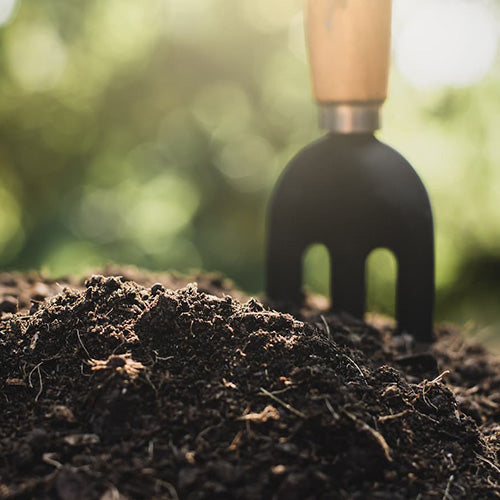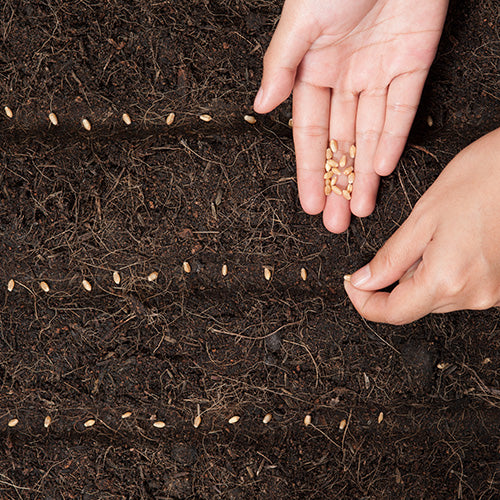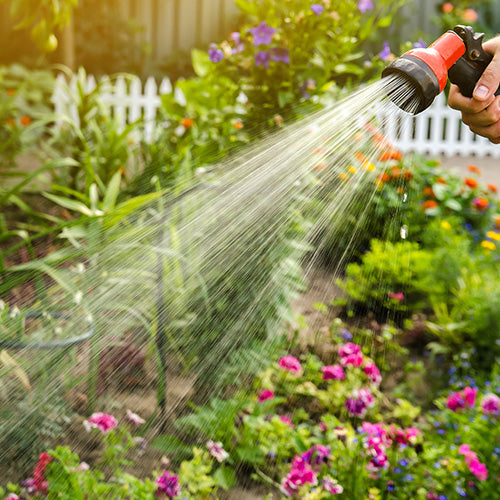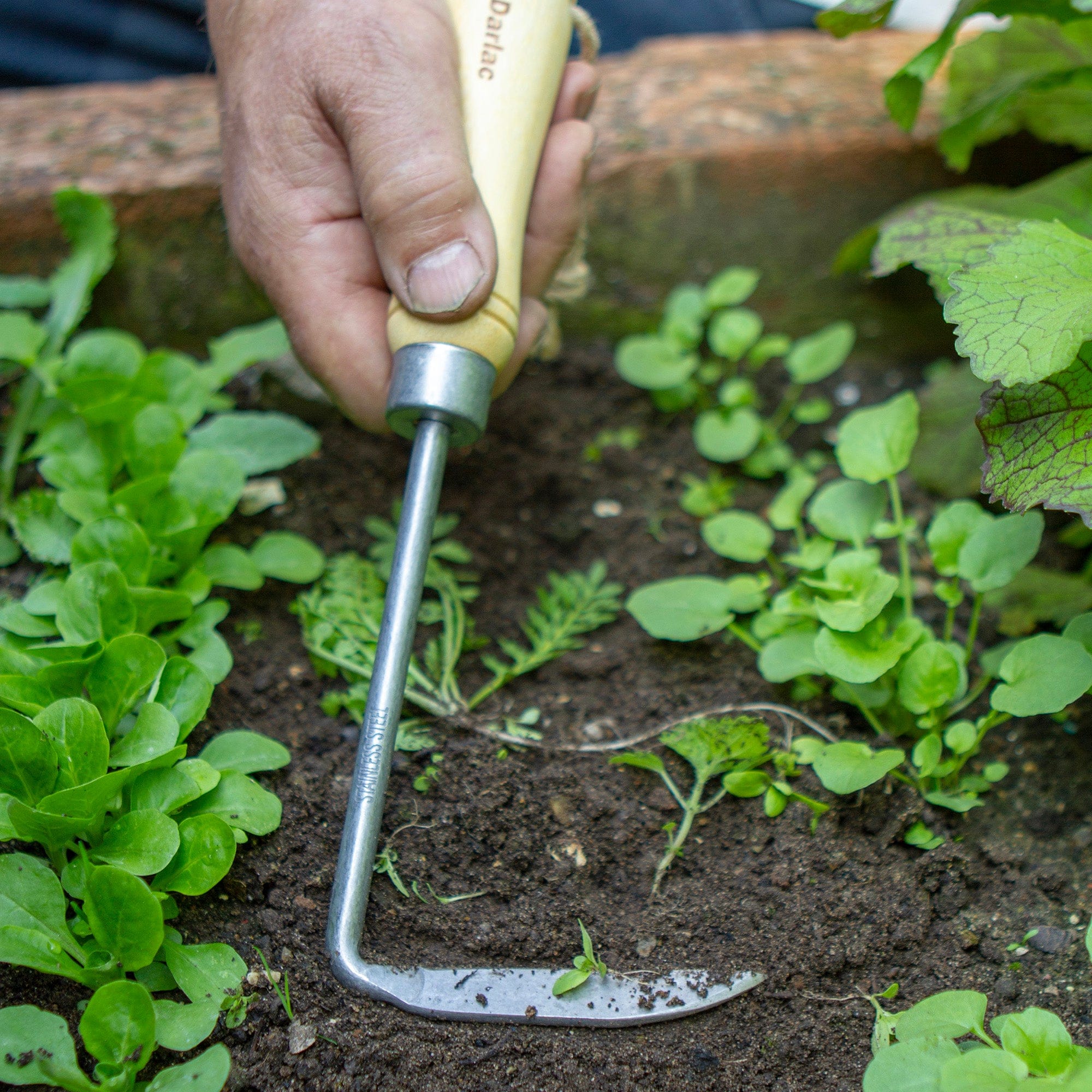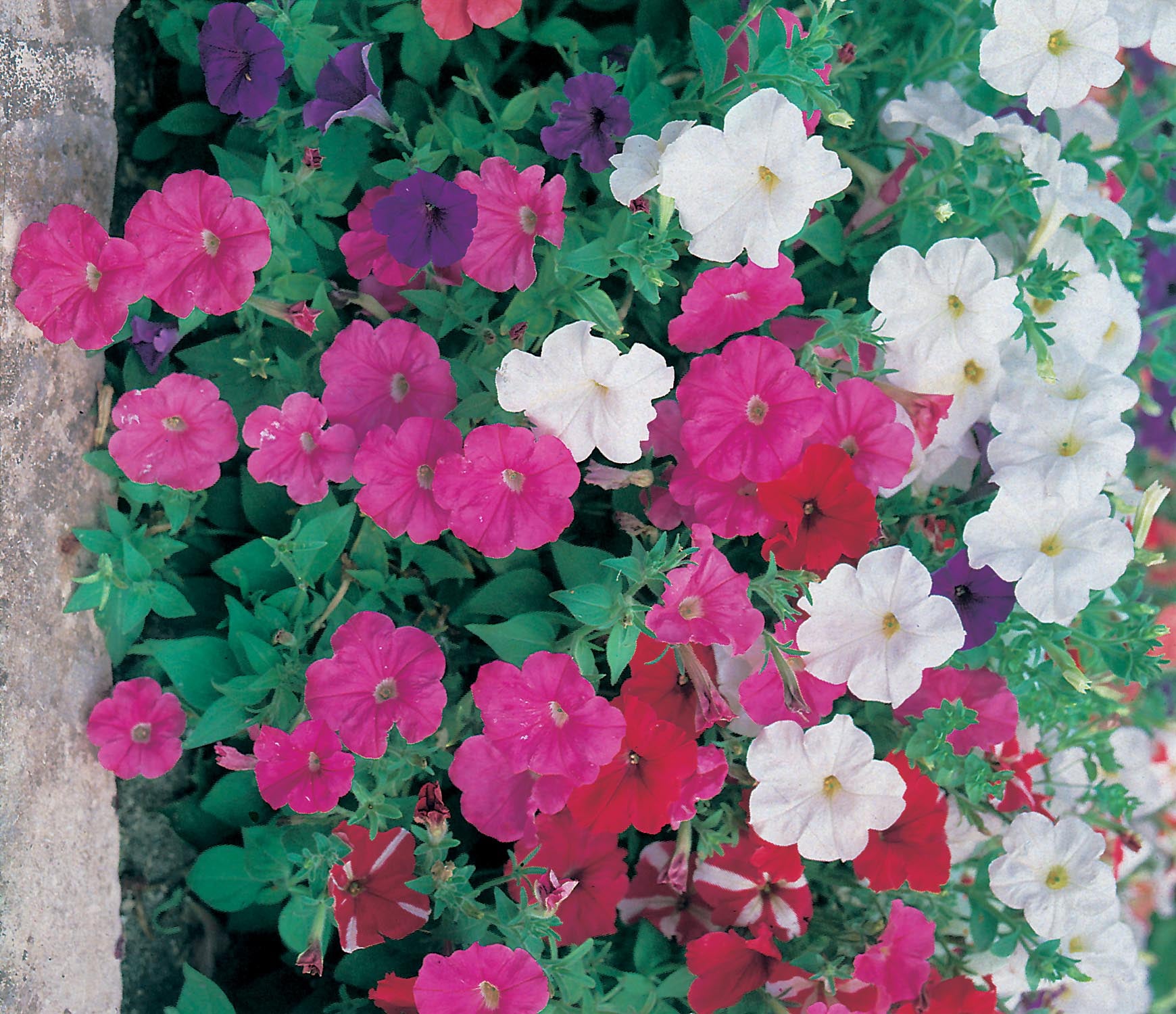
Petunia Seeds
Petunias are one of the most popular half-hardy annuals, with large, trumpet-shaped flowers, in a vast array of colours and combinations borne from late spring to autumn. They are ideal for pots, hanging baskets, window boxes as well as bedding. Trailing varieties such as Supercascade Lilac F1 and Rapide Mixed F1 are especially suitable for the edge of containers. </p> <p>Grandiflora varieties, like Prism Sunshine F1, have the largest blooms, while Multiflora strains, such as stars and Stripes Mixed F1 have medium-sized flowers but make up for it in sheer quantity. Blooms are velvety and can be a single colour, shaded, veined, feature stars or be fully double like Petunia floribunda Duo Mixture F1, up to 7cm/3in across.
Modern varieties don't suffer in poor and rainy summers like older cultivars used to - Carpet Formula Mixed F1, Mirage Velvet F1 and D.T. Brown’s Special F1 Grandiflora Mixed are especially good at shrugging off damp weather.
How to grow Petunias
Petunias are sensitive to cold temperatures, so must be sown indoors in a propagator from January-March at a temperature of 20-25°C/68-77°F. Gently press the seeds into the surface of good-quality seed compost and keep damp with a mist sprayer.
Once the seeds have germinated, reduce the heat to 15°C/60°F and keep in bright light to prevent the seedlings from becoming leggy. Transplant at the 2-4 leaf stage into modules, pots or trays. Harden off in late May and plant out from June onwards, spacing plants 20cm/8in to 30cm/12in apart, depending on the final size.</p> <p>Grow Petunias in light, well-drained soil in full sun, at least 5-6 hours a day, with shelter from drying winds. Keep plants moist but don’t allow to get waterlogged, especially in pots. Remove dead heads to prevent plants setting seed and to prolong flowering. Petunias should flower from June until October.



